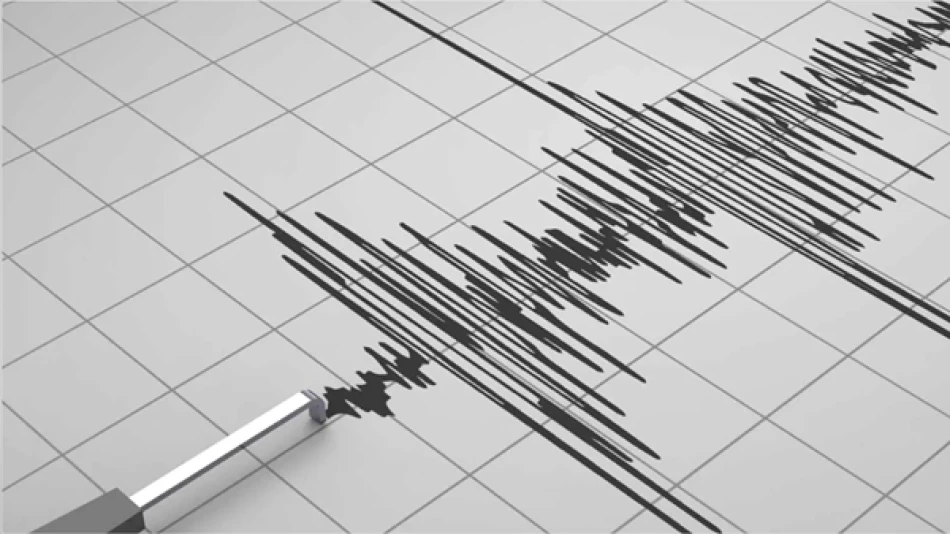
Powerful Earthquake Shakes Dagestan, Prompting Emergency Response
5.4 Magnitude Earthquake Strikes Russia's Dagestan Republic, Highlighting Caucasus Region's Seismic Vulnerability
A moderate earthquake measuring 5.4 on the Richter scale struck Russia's Dagestan Republic on Tuesday evening, with its epicenter located approximately 17 kilometers east of the town of Novokayakent. The tremor underscores the ongoing seismic risks facing the North Caucasus region, where tectonic activity remains a persistent concern for local communities and infrastructure development.
Technical Details of the Seismic Event
The earthquake's hypocenter was recorded at a depth of 10 kilometers below the surface, positioned at coordinates 42.365 degrees north latitude and 48.198 degrees east longitude. This relatively shallow depth typically amplifies ground shaking intensity, making the tremor more noticeable to residents across the affected area.
Initial reports indicate no immediate casualties or significant material damage, though comprehensive damage assessments in rural mountainous regions often take time to complete. The proximity to Novokayakent, a small town in Dagestan's coastal region near the Caspian Sea, likely limited the immediate impact on major population centers.
Dagestan's Position in a Seismically Active Zone
The Greater Caucasus Seismic Context
Dagestan sits within the tectonically complex Greater Caucasus mountain range, where the collision between the Arabian and Eurasian plates creates ongoing seismic stress. This geological setting makes the region prone to moderate earthquakes, with the area experiencing regular tremors as crustal forces continue to shape the mountainous landscape.
The North Caucasus region, including neighboring Chechnya, North Ossetia, and Kabardino-Balkaria, has recorded numerous significant seismic events over the past decades. The 1988 Armenian earthquake, while located further south, demonstrated the devastating potential of major seismic events in the broader Caucasus region.
Infrastructure and Economic Implications
For a region already facing economic challenges, seismic activity presents additional concerns for infrastructure development and investment. Dagestan's position along the Caspian Sea makes it strategically important for energy transportation routes, particularly natural gas pipelines connecting Central Asian resources to European markets.
Tuesday's earthquake serves as a reminder that seismic risk assessment must remain a priority for any major infrastructure projects in the region. The relatively shallow depth of this event, while not causing immediate damage, highlights the need for robust building codes and emergency preparedness systems.
Regional Earthquake Preparedness and Response
Russia's emergency response systems have evolved significantly since major seismic disasters in previous decades. The country's EMERCOM (Ministry of Emergency Situations) maintains specialized earthquake monitoring and response capabilities, particularly focused on high-risk regions like the Caucasus and Far East.
Compared to earthquake-prone regions like California or Japan, the North Caucasus has historically received less investment in advanced seismic monitoring networks. However, recent years have seen improvements in both detection capabilities and public awareness programs, especially following lessons learned from international best practices.
While Tuesday's 5.4 magnitude earthquake caused no apparent harm, it reinforces the importance of continued vigilance and preparedness in one of Russia's most seismically active regions. The event adds to the growing database of seismic activity that scientists use to better understand and predict future earthquake risks in the strategically important Caucasus region.
 Layla Al Mansoori
Layla Al Mansoori







